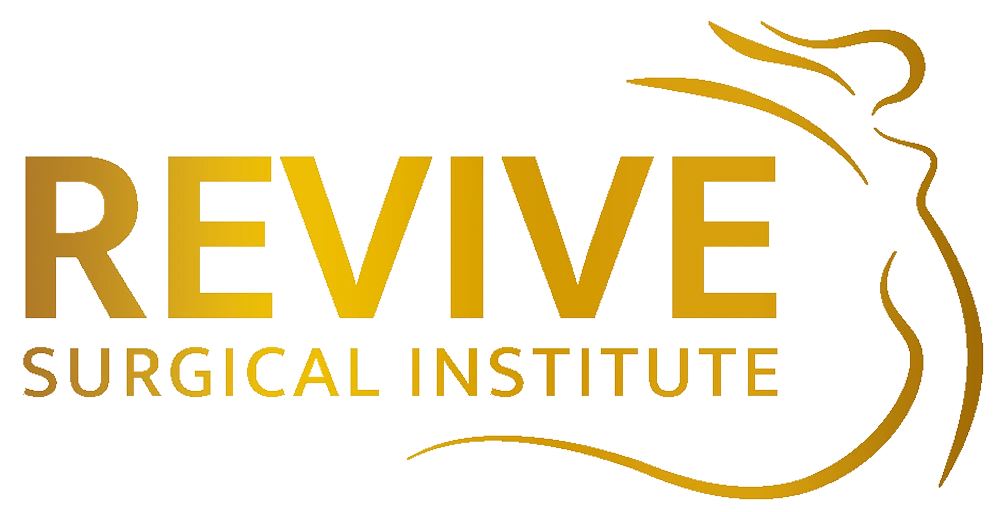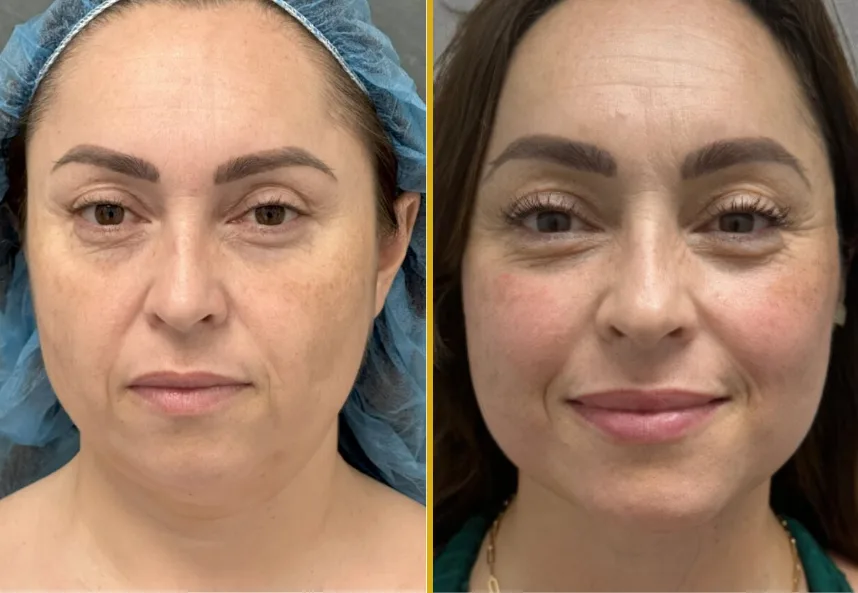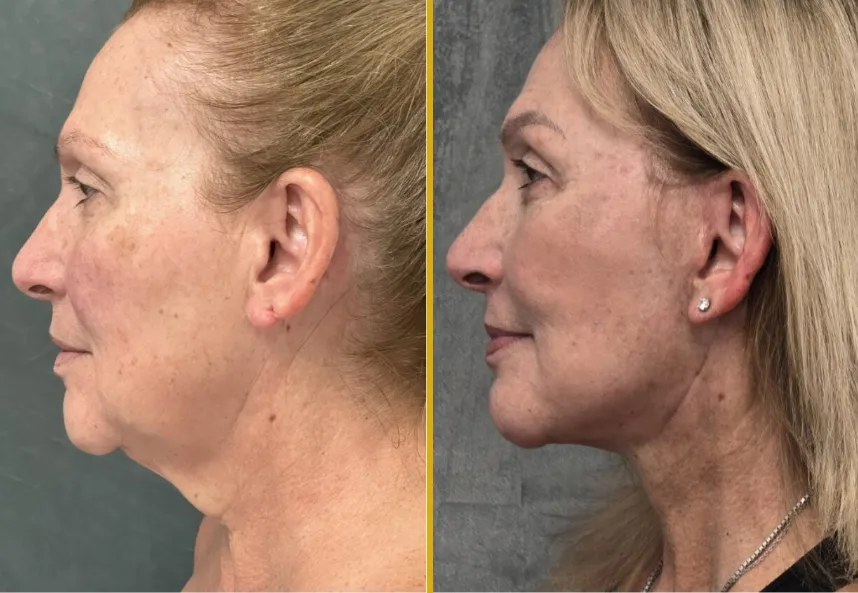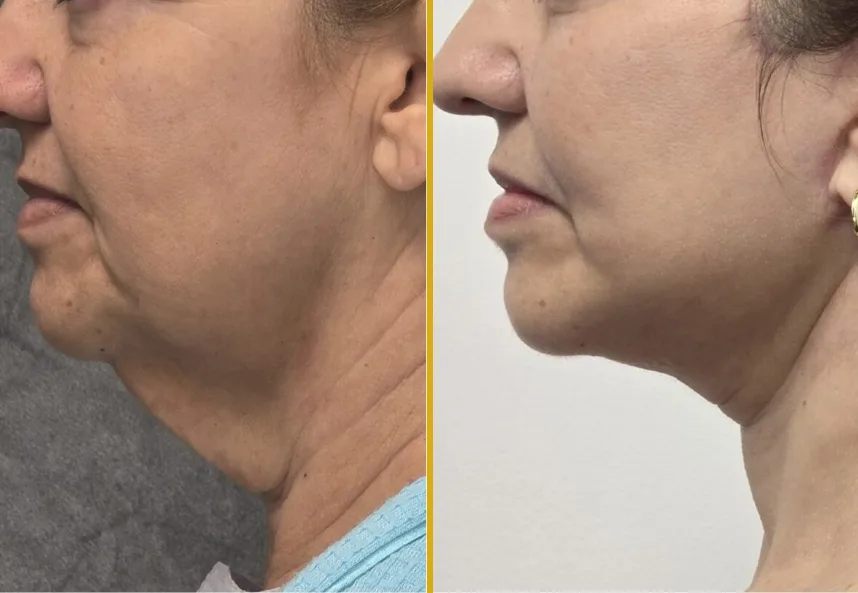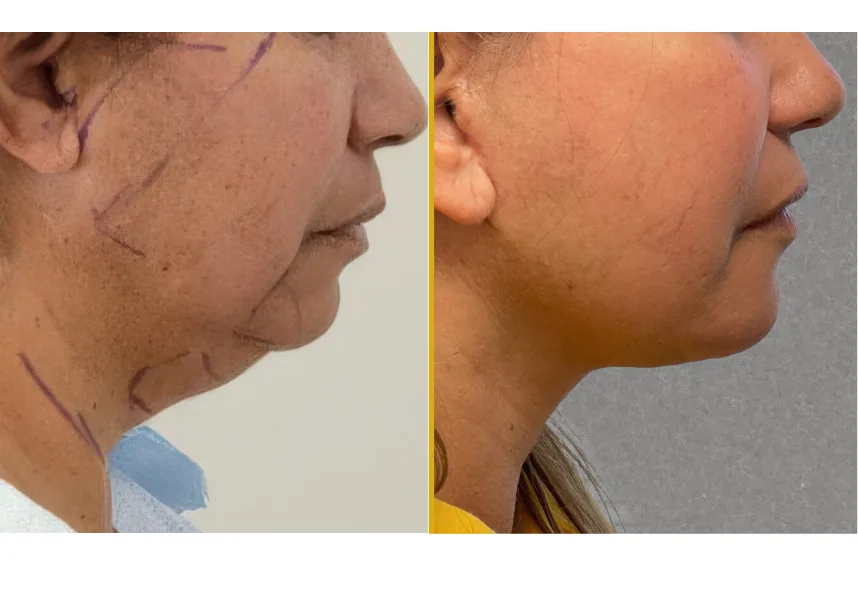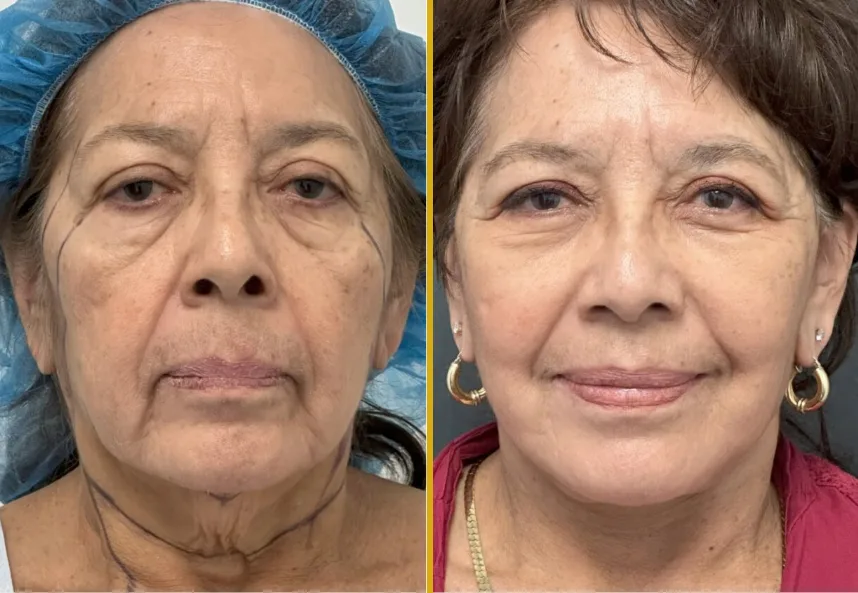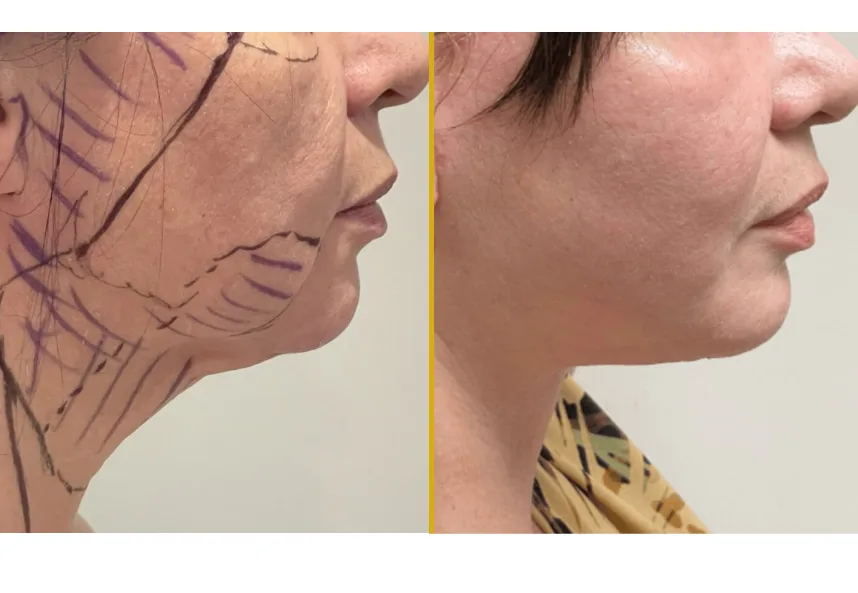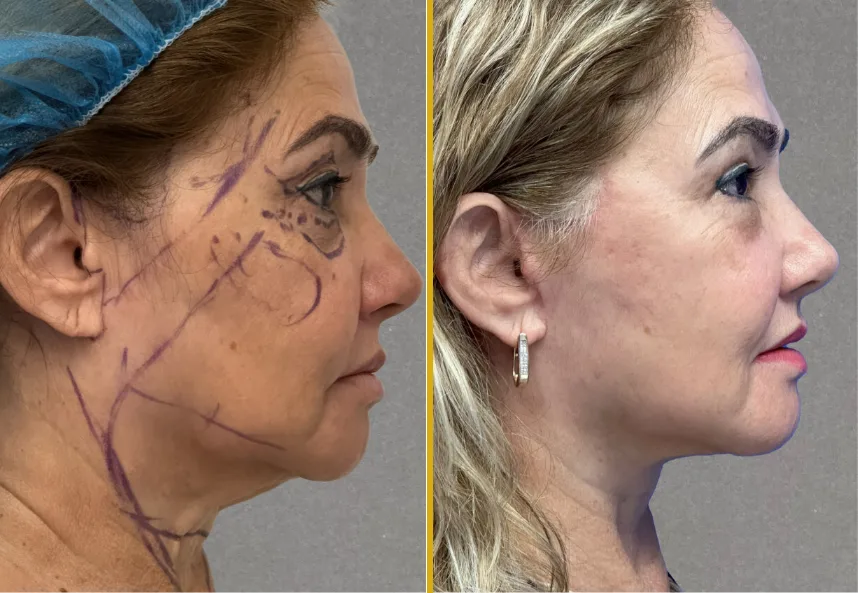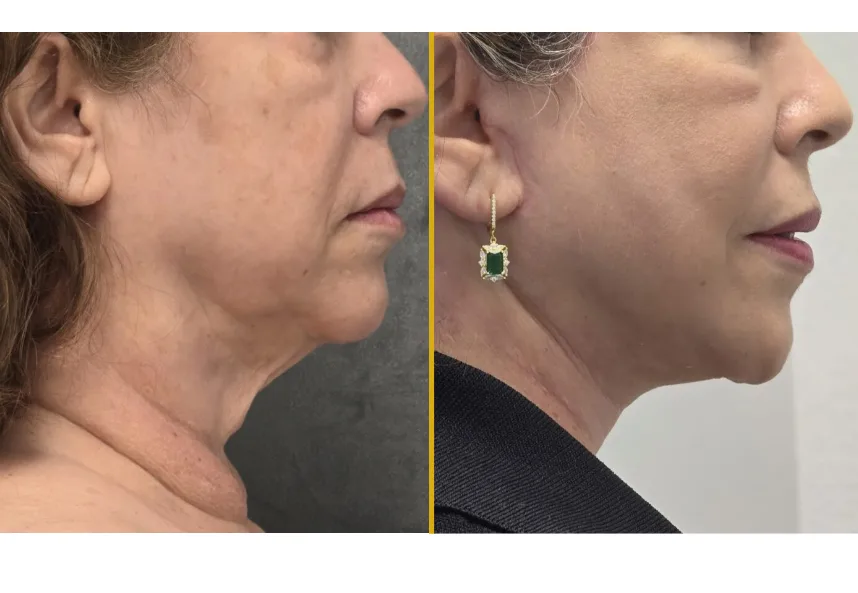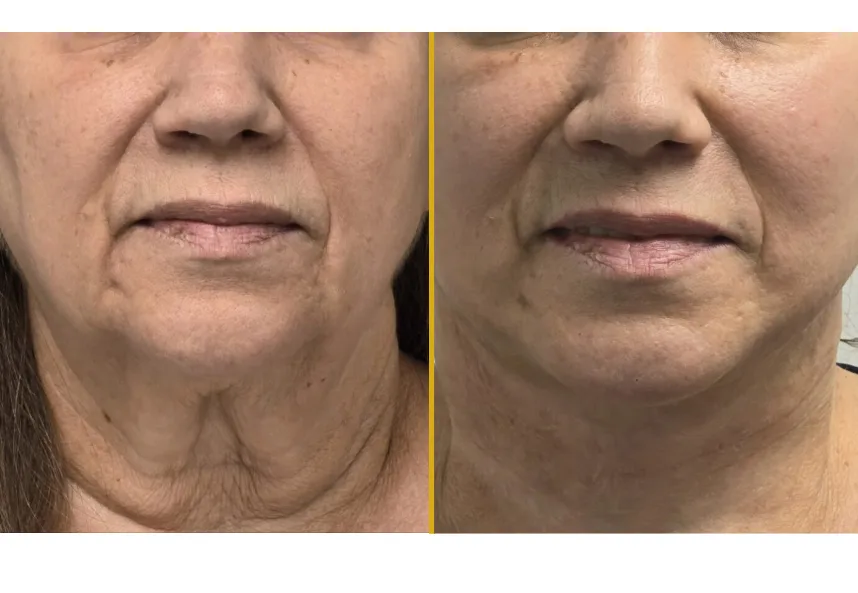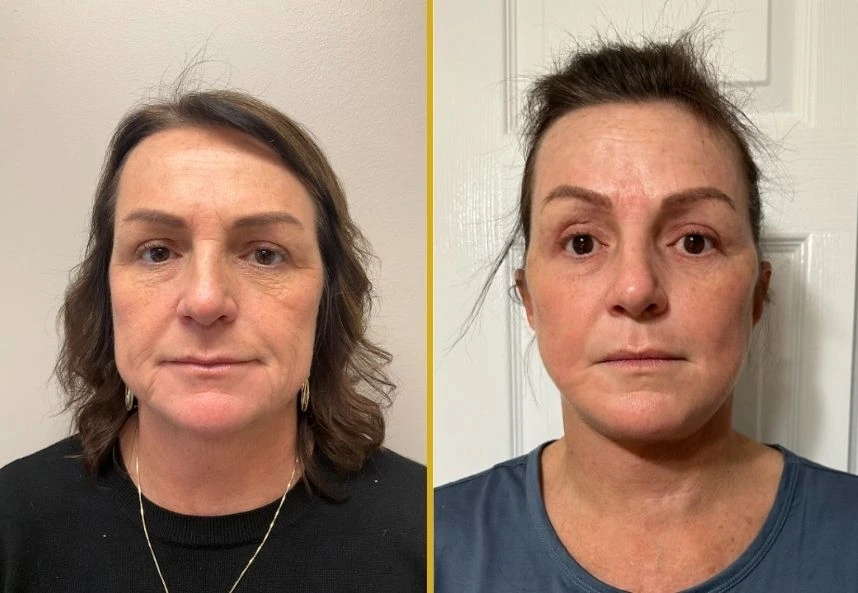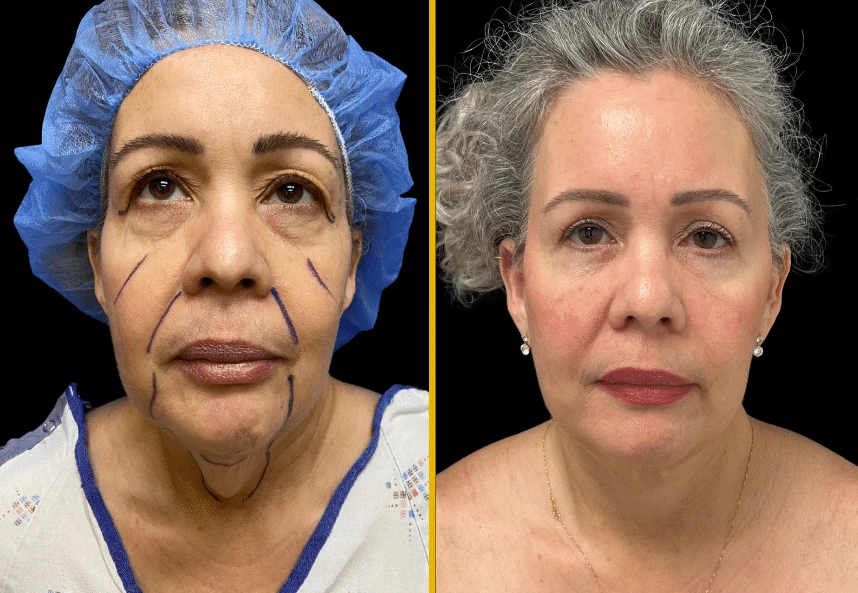How Painful Is a Facelift Recovery?

What to Expect in the
First Few Days
Managing Pain During
Recovery
Facelift recovery is not about enduring intense pain—it’s about managing temporary soreness and swelling as your body heals. Common approaches include:
- Prescription medications for the first few days after surgery
- Over-the-counter pain relievers as recovery progresses
- Cold compresses to reduce swelling and ease discomfort
- Supportive dressings or garments that help minimize pressure and swelling
These measures keep discomfort at a tolerable level, allowing patients to rest and recover comfortably.
Discomfort in the
Following Weeks
By the end of the first week, most patients notice significant improvement in their comfort level. Swelling and bruising gradually decrease, and pain usually shifts to a mild soreness or sensation of tightness. Many patients no longer need strong pain medication at this stage.
Within two weeks, most individuals feel well enough to resume normal activities, although some swelling may still be visible. The majority describe recovery as far easier than expected.
Individual Factors That
Affect Pain
Not all patients experience recovery in exactly the same way. Pain levels can vary based on:
- The type of facelift performed (traditional vs. mini facelift)
- Individual pain tolerance
- Adherence to post-operative instructions
- Overall health and healing ability
By following your surgeon’s guidance closely, you can reduce discomfort and speed up the healing process.
The Role of an
Experienced Surgeon
Conclusion
Facelift recovery is often far less painful than most patients expect. While some tightness, swelling, and mild soreness are normal in the first few days, pain is typically well-controlled with medication and subsides quickly. By the second week, most patients feel comfortable and ready to return to daily routines.
At Revive Surgical Institute, Dr. Askari ensures that every patient is supported with expert care and clear guidance, making the journey through recovery both safe and manageable. With proper preparation and experienced surgical care, the focus quickly shifts from temporary discomfort to enjoying long-lasting, rejuvenated results.
